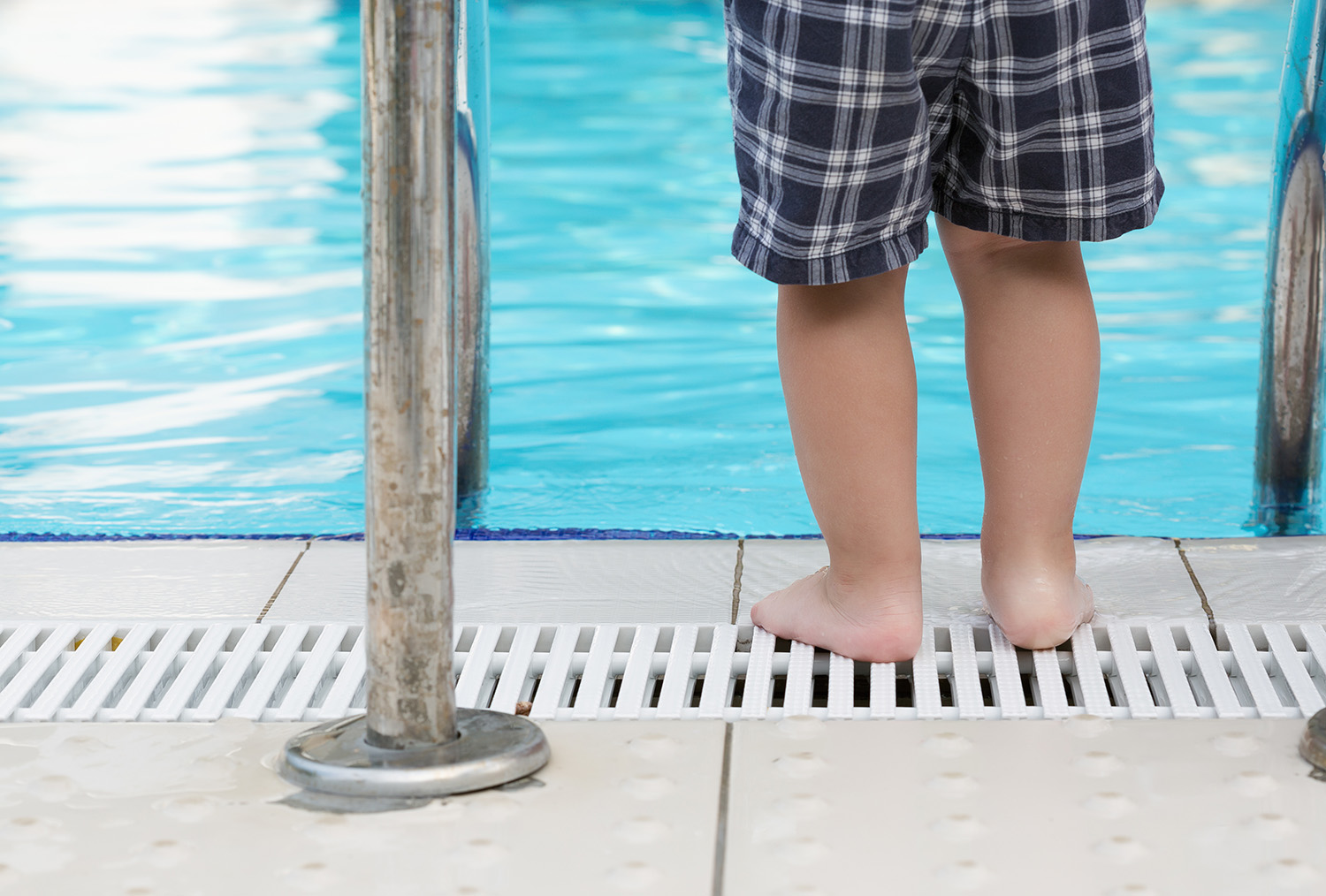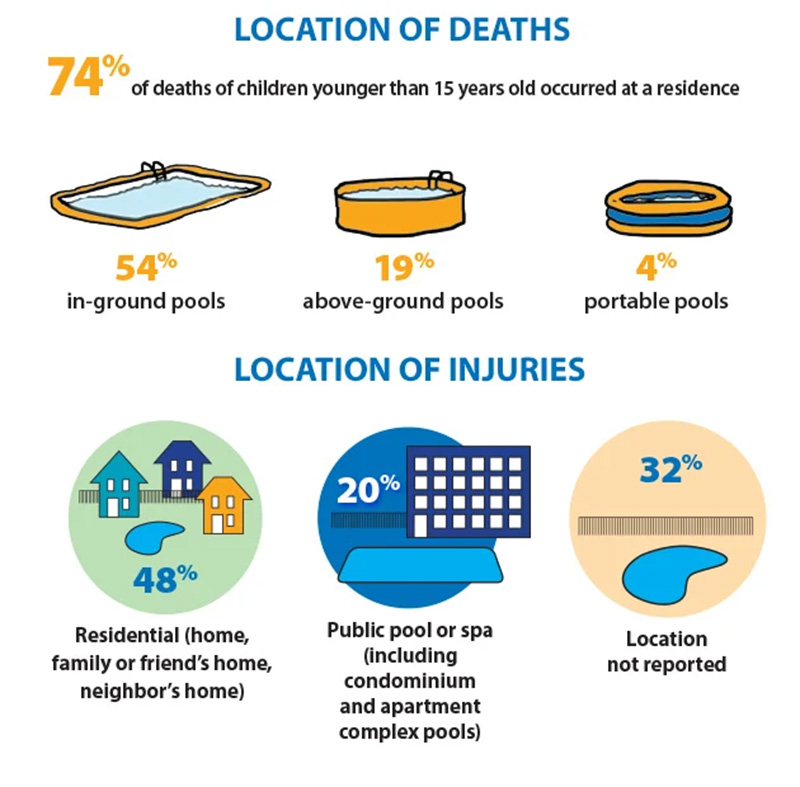
08 Mar Rising Drowning Rates Sound Alarm: Time to Enhance Pool Safety
The alarming rise in drowning rates during the pandemic period has highlighted a potential crisis point in water safety across America. With the Consumer Product Safety Commission reporting a significant increase in nonfatal drowning injuries among children under 15 in 2021, the focus on drowning prevention and mitigating pool-related fatalities has become more critical than ever.
Globally, drowning is a major cause of unintentional deaths, accounting for over 372,000 fatalities annually, with children being particularly vulnerable. In the United States, drowning ranks as the second leading cause of death for children following birth defects, claiming nearly 4,000 lives each year. The statistics are especially concerning for swimming pools, where an average of 379 children under age 15 die annually from pool-related drownings.

Current statistics on pool drownings in Florida reveal a concerning trend, particularly when comparing public and private pool rates. According to the Florida Department of Health, Florida ranked fifth in the U.S. for unintentional drowning deaths with an age-adjusted rate of 2.2 per 100,000 population in 2020. This statistic highlights the need for increased awareness and preventive measures in the state’s aquatic environments.
Additionally, a report from Mase Seitz Briggs indicates a record-high number of fatal drownings in Florida in 2021, with 98 children aged 18 and under dying in such incidents. This represents a significant 42% increase from the previous year. The data also showed that more drownings occurred in settings like hotels, vacation rental homes, and neighborhood pool parties. This suggests that while residential pools continue to be a concern, public and semi-public settings are also significant areas for drowning incidents.
The increase in drowning rates, particularly among children, underscores the importance of implementing safety measures around both public and private pools. These measures include installing fences with self-closing and self-latching gates, using pool alarms, ensuring proper supervision, and promoting swimming lessons and CPR knowledge.
Despite recommendations from the National Safety Council in 2015 for improved water safety measures, many states lag behind in implementing these guidelines. The recommendations include updating public pool regulations, requiring CPR training for high school graduation, and installing barriers around residential swimming pools.
The call for better water safety is urgent, as experts and public health advocates emphasize that most drowning deaths are preventable. However, many state and local health departments face underfunding and a lack of expertise in drowning prevention. Federal legislation like the Virginia Graeme Baker Pool and Spa Safety Act has been a step forward, but more comprehensive action is needed.
A collective appeal to Congress from over 200 national and local groups highlighted drowning as a “silent crisis” requiring immediate attention and government intervention. Further research and better data are crucial for effective drowning prevention strategies.
A focus on developing the National Water Safety Action Plan is essential, aiming to improve water safety at community, county, state, and federal levels. The United States, compared to other developed countries, needs to take a more active role in water safety.
For more detailed information on Florida drowning crisis, refer to the Florida Department of Health’s website and the Mase Seitz Briggs report.



